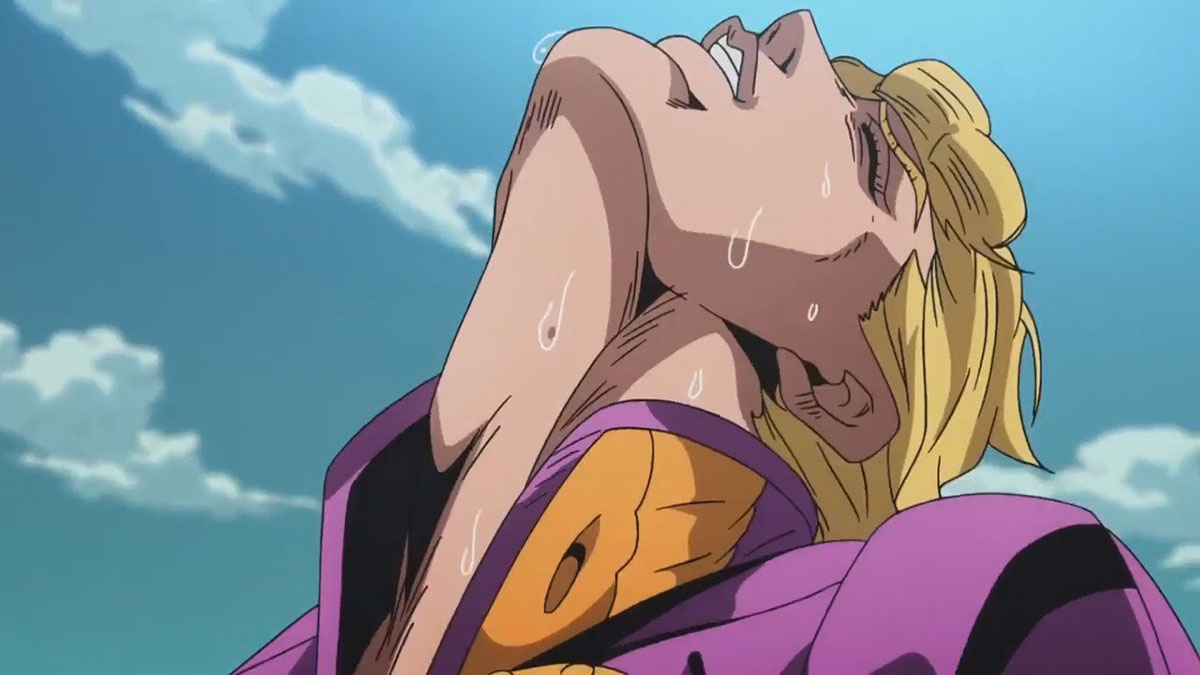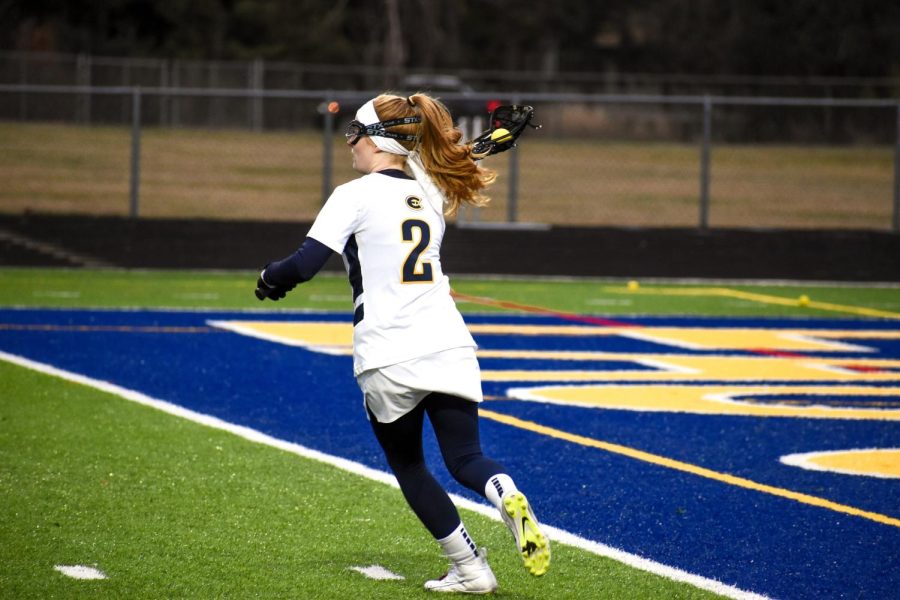During week one of their trip to Straight Lake State Park, seniors Ian Freeman and Becca Moore faced humid, 98 degree weather. Their second week of camping at the park was filled with thunderstorms.
The ability to deal with potentially harsh weather was a quality Kent Syverson, chair of UW-Eau Claire’s geology department, was looking for when picking students to work with him in a collaborative research project at Straight Lake State Park.
“I’ve been camping most of my life and I’ve never had weather like that,” Moore, a hydrogeology major, said.
Moore and Freeman, a geology and biology major, began the project in the summer of 2011. Their task while at Straight Lake State Park was to explore the area and create a hiking guide to assist visitors to the park for the DNR. The hiking guide will be published soon, something that Syverson said the DNR will find very useful.
“The park is along a new segment of the Ice Age Trail, so there’s no specific information for that area. The DNR could really use that information, but they don’t have the money to hire anyone to put that
together,” Syverson said.
The trail running through the park was only created the spring before they began mapping the area, Moore said. It’s a new portion of the Ice Age Trail. The Ice Age Trail is a scenic hiking trail that spans across the state of Wisconsin. The trail follows the edges of the last continental glacier in North America, a time known as the Wisconsin glaciation, Moore said.
According to the National Park Service’s website, the Ice Age Trail is still being expanded, and once completed it will span 1,200 miles from Interstate State Park on the St. Croix River in northwestern Wisconsin to Potawatomi State Park in Sturgeon Bay, Wis.
Straight Lake State Park features many glacial landmarks created during the most recent glaciation 10,000 to 35,000 years ago, Moore said, making it an especially interesting landscape.
However, Moore and Freeman had no experience with glacial geology.
“He gave us a list of things we’d need to know for the project and I thought ‘I don’t know how to do any of those,’” Moore said.
So the students’ first task was preparing on the UW-Eau Claire campus, surveying topographical maps of the park and the Ice Age Trail, Syverson said.
Soon after they had a crash-course in glacial geology, Freeman and Moore camped in the park for two one-week periods, hiking the area and looking for easily visible landforms that would be good stopping places for people hiking the trail.
Freeman said it was a learning experience he was very glad to have been a part of.
“We learned what it takes to do field work, not only the scientific side, but also the practical stuff and you also learn more about the resources inside the park,” he said.
In creating the hiking guide, Freeman and Moore were allowed a lot of freedom in what was featured on it, Moore said.
“We essentially picked what parts we wanted on the hiking guide that we thought would be best to see the geological features,” she said.
Among the features they chose were a sharp-crested esker and a tunnel channel (see info box at bottom).
But they were nowhere close to being done. More than a year later, Freeman and Moore are only now starting to wrap up the project.
“With the project, they’re supposed to get 30 hours of service learning, but they put in so much more than that,” Syverson said.
He guessed that they spent closer to 300 than 30 hours on the project.
Freeman and Moore presented their project to the Geological Society of America at their international conference in Minneapolis last year.
Syverson also arranged a field trip for the GSA where about 50 to 60 glacial geologists from around the world visited Straight Lake State Park.
Moore and Freeman led the trip through the park where they showed off the glacial landmarks to glacial geologists from Iceland, Canada and other parts of the world, including “the best from the U.S.,” Freeman said.
Freeman and Moore also put together a video series about the park, which is pending final approval from the DNR and Syverson. Once approved, they will be put up on YouTube so they can be easily viewed by the public.
“We’re hoping people can watch the videos before they go to the park or they can watch them on their smart phones,” Freeman said.
The film series includes a short video for each of the stops along the trail and a basic introduction video about the park, Freeman said.
“We originally wanted to make the videos with us in the park, but it turns out that nature and Straight Lake Straight Park’s not camera ready,” Freeman said with a laugh. “There’s tons of bugs and it’s really noisy all the time … it’s hard to get the right sound.”
Their solution to this problem was to create a video of camera shots of the park with a voice over by Moore.
Freeman said he expects the video series will be online by the end of the year.






